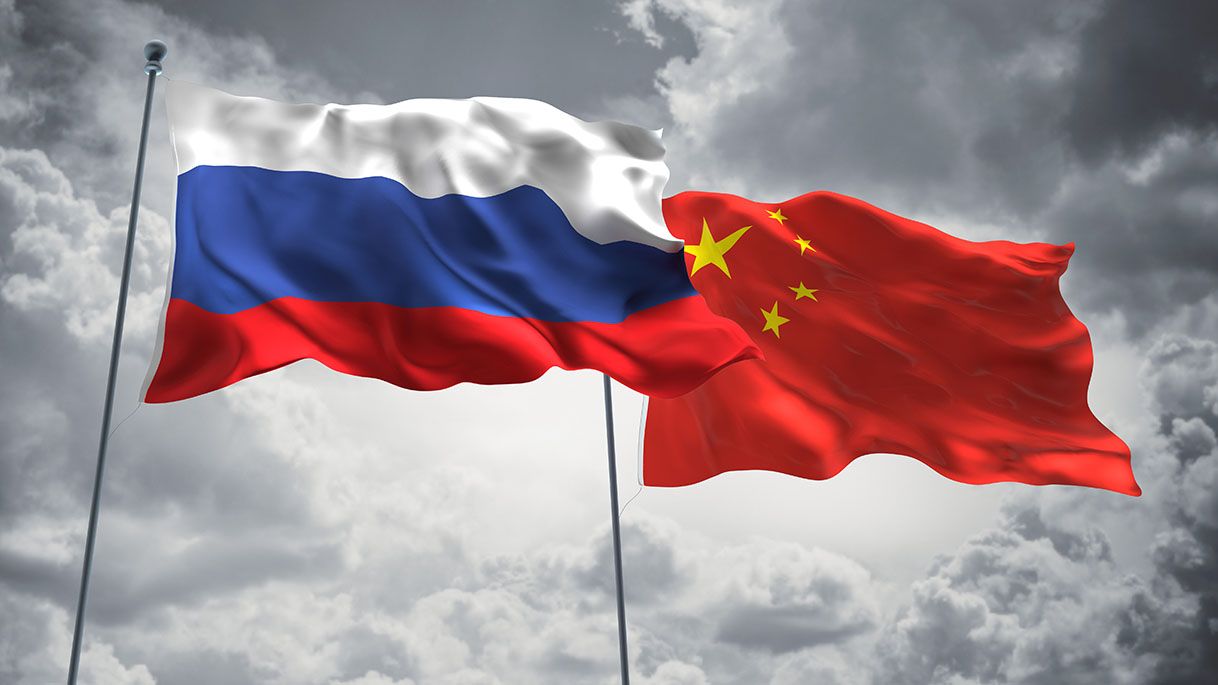Executive Brief

China-Russia Relations
Xi-Putin SummitOn 22 March Chinese President XI Jinping concluded a three-day state visit to Moscow that saw China and Russia sign 14 joint statements and agreements. In addition to formal talks, Xi and Vladimir Putin reportedly held 4½ hours of one-to-one “in-depth and candid” talks and reached a “broad new consensus.” Chinese state media hailed the visit — Xi’s first foreign trip since starting his third term as president — as “historical,” and some Chinese analysts viewed the Xi-Putin meeting as the “most important” and “consequential” among some 40 prior encounters.
Xi sees the Putin regime as an asset and partner that needs to be supported in the struggle against the US and its allies. Collapse of Putin’s regime would result the West’s laser-like focus on China and lead to chaos and uncertainty along the 2,600- mile Sino-Russia border. Xi told Putin that close ties to Russia are “China’s strategic choice and will not change from time-to-time or because of any individual event.” Xi tried to boost Putin’s political standing at home and said he believes the Russian people will support Putin’s reelection in 2024.
In his farewell to Putin, Xi said, “Changes are coming that haven’t happened in 100 years. When we are together, we drive these changes." Putin replied, “I agree.” Putin accepted Xi’s invitation to visit Beijing later this year to attend the 3rd Summit of the Belt and Road Initiative.
In testimony to a Senate Appropriations Committee hearing on 23 March, Secretary of State Blinken commented on the Xi-Putin summit and described the renewed China-Russia bond as a “marriage of convenience.”
Russia reacted angrily to the portrayal in Western media of Russia as the “junior partner” in China- Russia relations. Chinese and Russian analysts view the US characterization as an attempt to drive a wedge between the two countries.
Joint statements
Pledge to shape a new world order to replace the US-led global orderThe nine-chapter joint China-Russia statement on “Deepening the Comprehensive Strategic Partnership of Coordination in the New Era” implies that the US is the root cause of world trouble.
China views the geopolitical environment in the New Era as “all-round encirclement, containment, and suppression” by the US and its allies in a world undergoing significant security and economic stress.
The joint statement covers the international political order, world trade relations, nuclear nonproliferation, prevention of space militarization, Iran, North Korea, the Middle East, Africa, climate change, and pandemic control. Russia reiterated its One China position and expressed its support for China’s policy on Taiwan.
The joint statement only briefly mentions the Ukraine war and does not broach Russian military withdrawal, respecting Ukraine territorial integrity, or a ceasefire.
It stressed “responsible dialogue” as the best way to settle the Ukraine crisis and emphasized that “the legitimate security concerns of all countries must be respected, bloc confrontation should be prevented, and fanning the flames avoided.
China’s 12-point “Position on the Political Settlement of the Ukraine Crisis”Avoids placing any responsibility for the war on Russia but voices concern for nuclear security.
The position paper underlines the need for economic and food security and affirms China’s aim to benefit from the aftermath of the conflict:
- China opposes attacks on nuclear facilities and threats to use nuclear weapons.
- China does not want the Ukraine war to disrupt its own economic recovery. The proposal calls for keeping industrial supply chains and grain exports stable while opposing unilateral sanctions.
- When the dust settles, “China stands ready to provide assistance and play a constructive role to support post-conflict reconstruction in conflict zones."
Eight key agreements point to expanded trade and infrastructure development:
- Increase trade China-Russia trade in 2022 was $190.271 billion, up 29.3% YoY; in 2012 trade slightly exceeded $80 billion. In the first two months of 2023 bilateral trade jumped 25.9% YoY to $33.69 billion, and the two sides expect trade will exceed $200 billion this year.
- Expand transportation networks Covering rail, highway, river, and oceangoing.
- Upgrade financial cooperation Both countries agreed to use their own currencies for investments, trade, and banking as much as possible.
- Enhance long-term energy cooperation In 2022, 70% of China’s imports from Russia were energy products: oil increased 8% (1.72 million barrels/day); pipeline natural gas and LNG imports increased 2.6 and 2.4 times, respectively; and coal jumped 20% (68.06 million tons). In the first two months of 2023, Russia replaced Saudi Arabia as China’s largest oil supplier (1.94 million barrels/day).
- Raw materials Increase long-term cooperation in metallurgy, fertilizer, chemical products, and mining.
- Technology exchange Assist each other in technology advancement
- Supply chain Upgrade supply chains and synchronize related industry standards.
- Agriculture Promote agricultural cooperation to increase grain supply security.